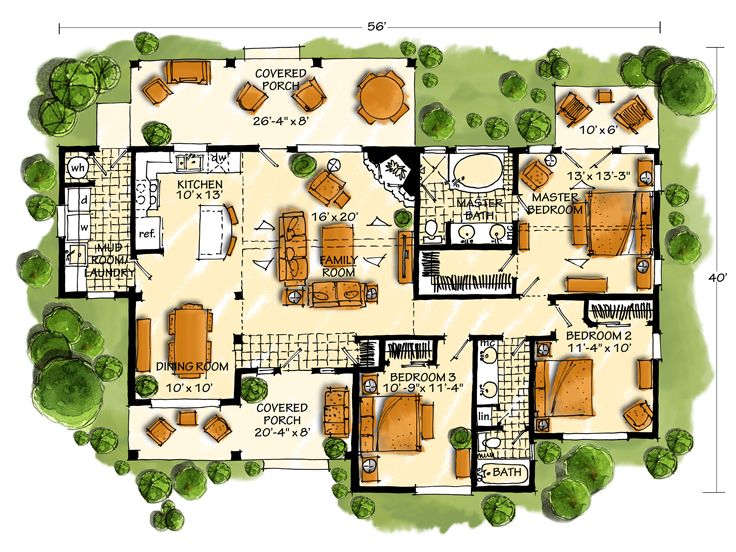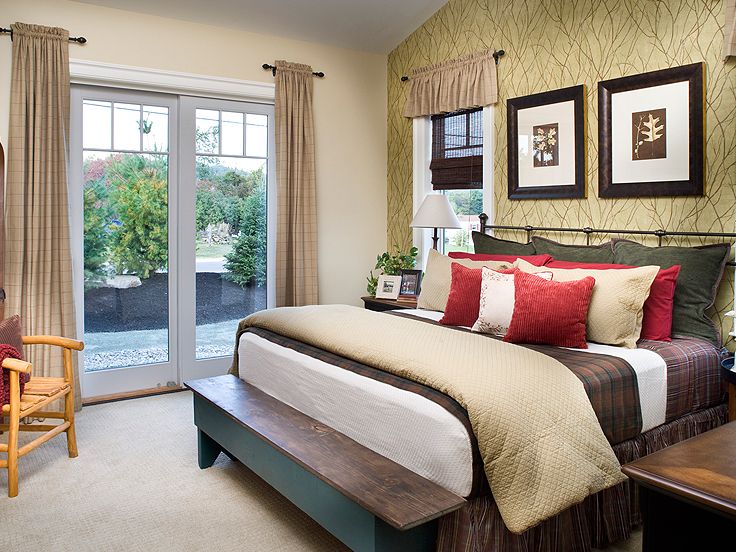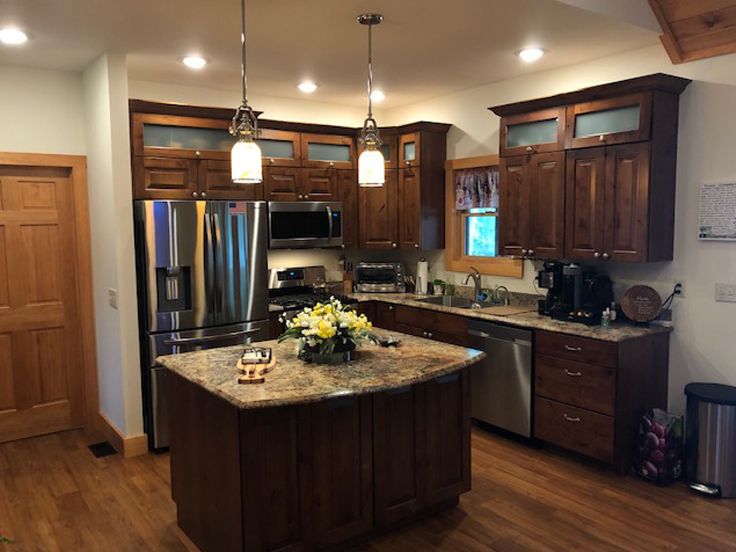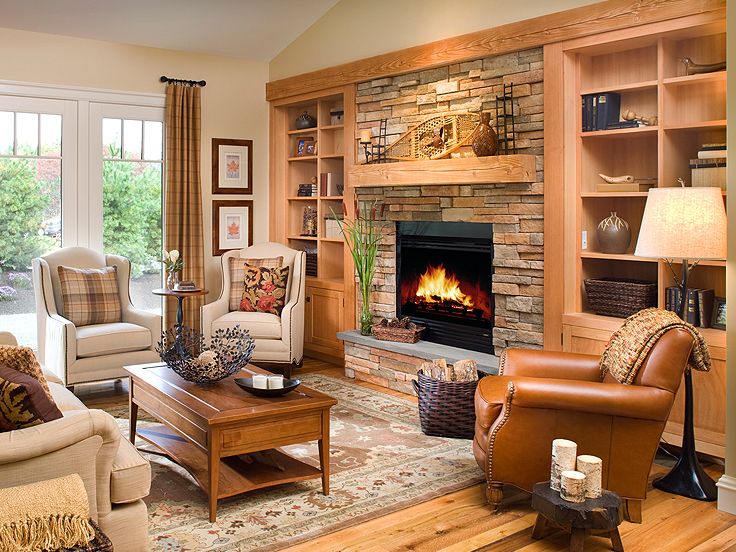In recent years, with the popularization of the minimalist lifestyle and increasing awareness of environmental sustainability, tiny house designs have begun to attract more and more attention. The concept of “tiny house design that makes a difference” means not only living in small spaces but also arranging these spaces in a functional, aesthetic, and environmentally friendly way. In this article, we will focus on the basic features, advantages, and sample applications of the distinctive tiny house design.
Minimalism and Functionality
The basic philosophy of tiny houses is minimalism. Minimalism encourages prioritizing needs and getting rid of anything unnecessary. This approach is directly related to the shrinking of living spaces. In tiny house designs, every square meter, even every square centimeter, is used with maximum efficiency. Smart storage solutions, multi-purpose furniture, and compact devices are indispensable elements of these designs.
For example, a loft space that can be used as a bedroom can function as a living room or workspace during the day. Likewise, foldable tables, beds hidden in drawers, and furniture that can be mounted on the walls provide great comfort in small spaces. Such multifunctional designs allow tiny houses to be not only aesthetically pleasing but also highly functional.
Eco-Friendly Design
Tiny house designs often include the use of environmentally friendly materials and sustainable energy sources. Recycled materials, low-energy appliances, and renewable energy sources (like solar panels) minimize the environmental footprint of tiny homes. It also provides an advantage in energy efficiency, as heating and cooling a small living space requires less energy.
Aesthetics and Personalization
Tiny house designs also vary greatly in terms of aesthetics. Since the needs and tastes of each individual or family are different, these houses offer the opportunity for personalization. Tiny houses designed in modern, rustic, industrial, or bohemian styles appeal to the lifestyles and aesthetic preferences of their users. This diversity contributes to the fact that tiny houses are not only a living space but also a work of art.
Although tiny houses were initially adopted by individuals interested in alternative lifestyles, they have now begun to appeal to a wider audience. Behind this change, there are various advantages offered by tiny houses and some difficulties brought by modern life. For example, high housing prices and increasing living costs in big cities have directed people to smaller and more economical living spaces. At the same time, increasing environmental awareness has increased the demand for sustainable and environmentally friendly housing solutions.
Tiny houses offer various solutions not only at the individual level but also at the social level. For example, tiny houses can play an important role in providing quick and affordable housing in disaster areas. Additionally, the use of tiny houses is becoming widespread in projects to provide temporary shelter for homeless individuals. Such projects are valuable both in terms of social responsibility and in terms of offering practical solutions.
Architectural and technological innovations used in tiny house designs increase the functionality and aesthetics of these houses. For example, smart home technologies can be used to increase the energy efficiency and living comfort of tiny homes. Smart thermostats, energy-saving lighting systems, and remotely controlled security systems make life in tiny houses more comfortable and safe.








